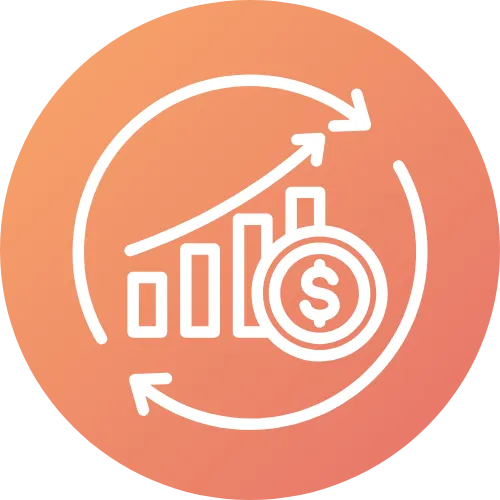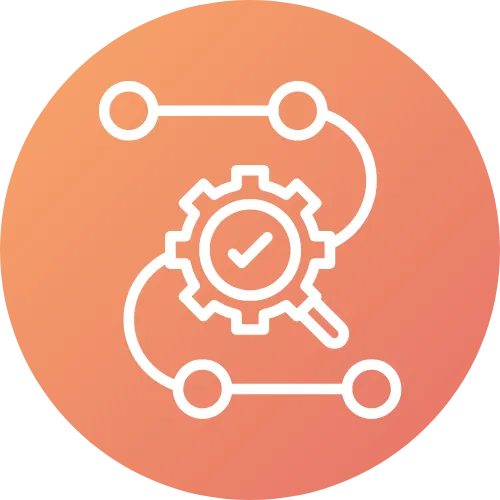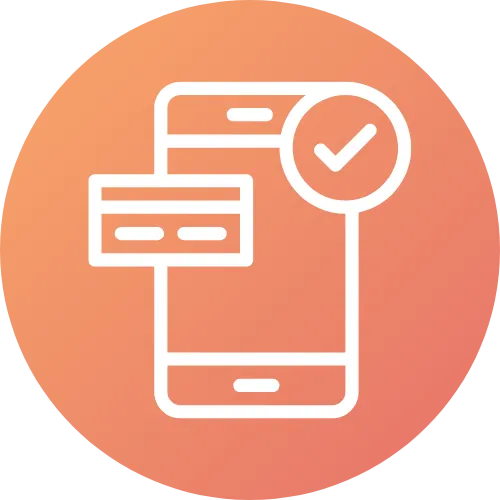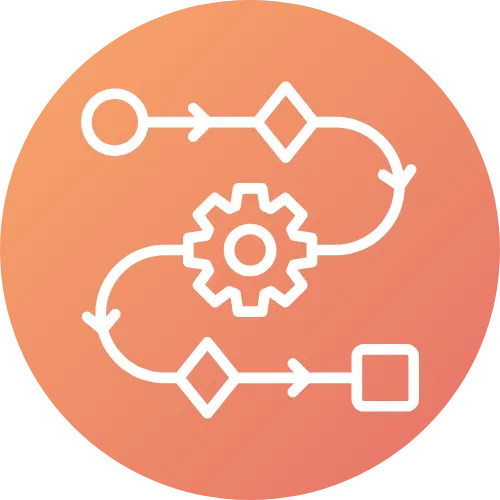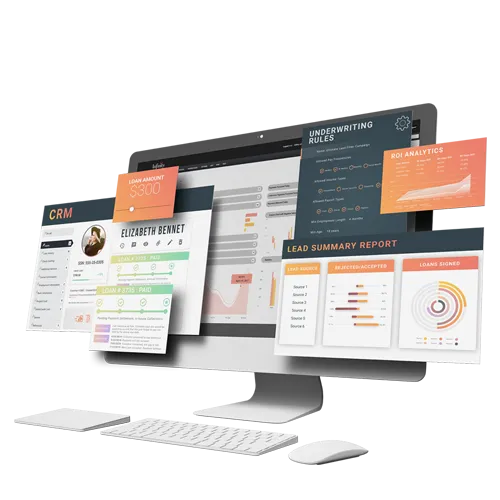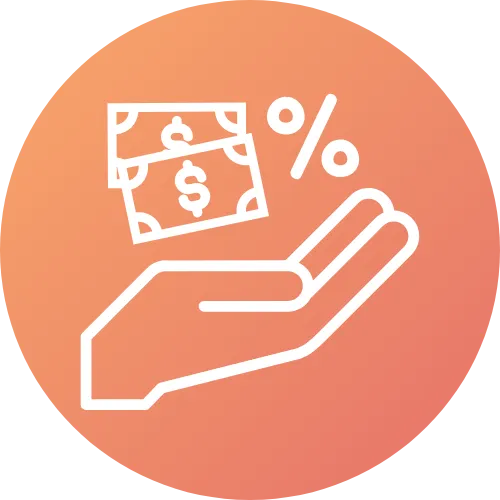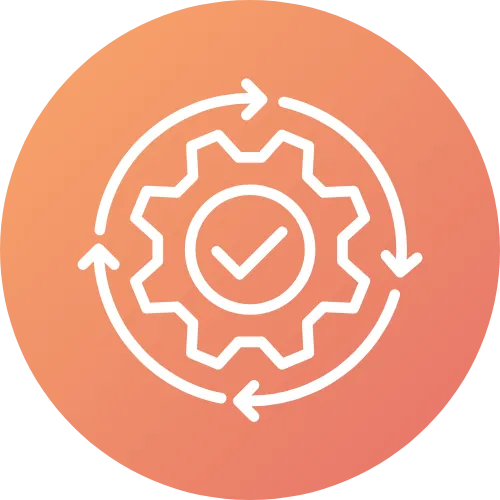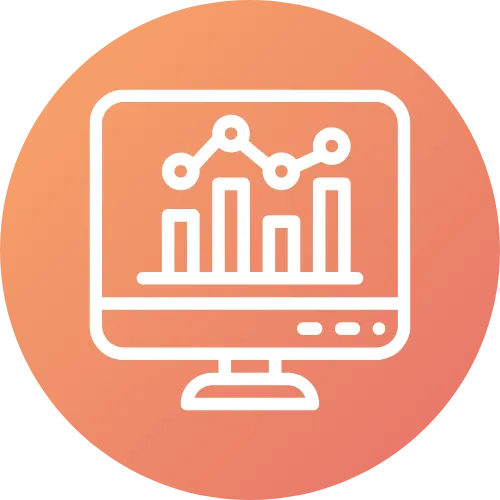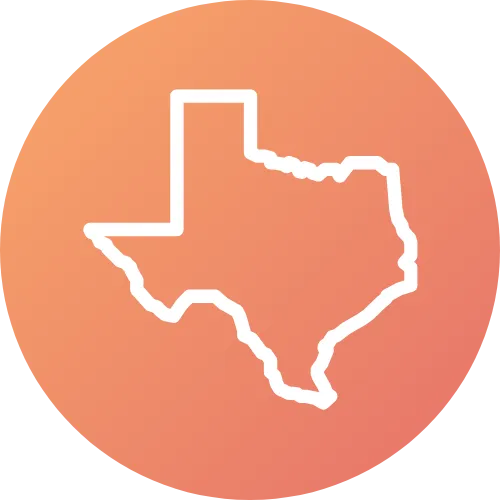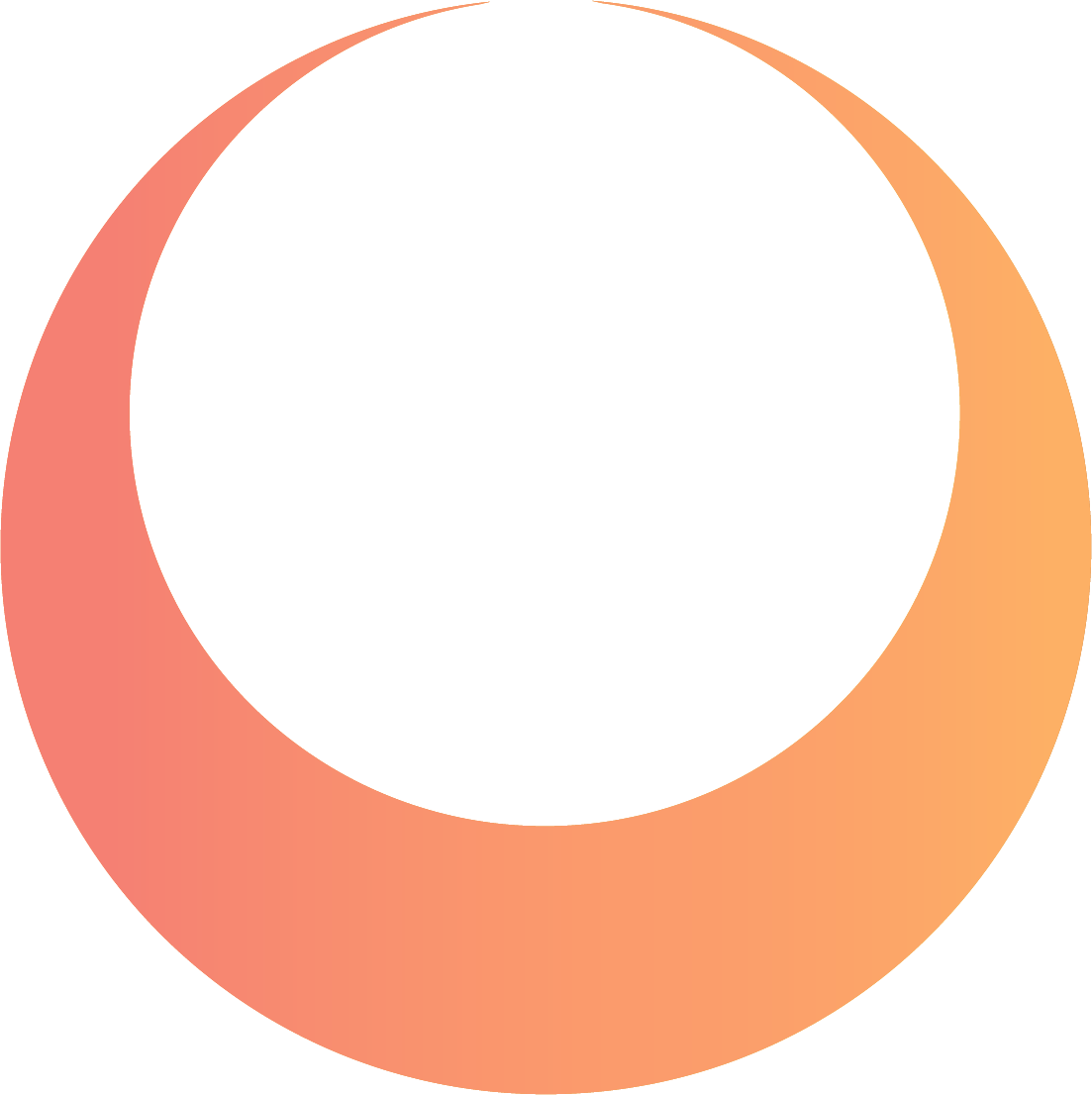
What is Cash Drawer and How Do You Balance a Cash Drawer?
Balancing a cash drawer is a staple of brick-and-mortar businesses. While many customers may pay via credit or debit cards, you should still expect to deal with cash frequently in the checkout process. But if you've never worked a register before, or you're trying to integrate a new register into the flow of your business, you may not know how to balance your cash drawer. That can be a problem since balancing a cash drawer is a crucial component of staying atop your cash flow.
In fact, the lowly cash register is one of the unsung heroes of the retail world. Today's cash registers are much more than a place to store money -- they're the command center of your physical business. The cash register represents an opportunity to conclude that great interaction with the customer, but it only takes a few seconds for things to go wrong. Most customers expect to pay and be on their way, and if there's any sort of snag it could start harming your relationships with customers.
The good news is that a cash drawer doesn't have to be balanced during every purchase or even when customers are around. It's important, but not more important than servicing the needs of your patrons. Most times, you can safely wait until the end of the day or the end of someone's shift to balance your cash drawer, and that means the next time the drawer is opened you already know where you left off yesterday.
What Is a Cash Drawer?
Before we get into how to balance a cash drawer, let's take a look at what a cash drawer is and why it needs your undivided attention. If you don't know what a cash drawer is, you may know it by its other names, such as a register, till or a point-of-sale terminal.
Whether it's a big, mechanical contraption or a glorified touchscreen computer as many registers are today, the cash drawer keeps receipts and bills for all the transactions that took place during the day or shift.
The important thing to note is that a cash drawer doesn't only keep cash, coins and other receipts are also kept inside, and you'll need them all to account for what was brought in during business hours.
Why Is It Important To Balance a Cash Drawer?
While many people have jumped on the cashless bandwagon, preferring to make any and all payments via digital means such as a credit card, debit card, or touchless payment methods such as Apple Pay and Google Pay, cash is still king, especially in physical businesses. Many people still get paid in cash, and others just like carrying cash around to make payments.
In addition to the other payment methods that you accept, at the end of the day, you'll have a certain amount of transactions and income. That income has to be checked and balanced against all the incoming transactions, including cards, checks, and other digital payment methods.
Not only will that give you a clearer financial picture of the register for the day, but you'll also be able to ensure that everything that came in is still all in the right place. That can help you forecast and plan for when times are tight, or to think of better ways to leverage a surplus if times are good.
Generally, every merchant with one or more cash drawers in their business should be balancing them each day. Even if you have trust and confidence in your employees to do the right thing, sometimes mistakes are made -- after all, they're human. Other employees may have nefarious intentions, and that can lead to shortages if you're not paying attention. But if your cash drawers are balanced at the end of each shift, you'll know that something and who may be responsible.
On the other side, it may be the case that you have too much cash in your drawer at the end of the day. Whether it's due to insufficient change being handed out or some other cause, you'll want to get to the bottom of it since that's an issue that needs fixing. Your customers won't appreciate it if they're paying more than they have to, and it's also a good opportunity to double down on training if you have a cashier who's making frequent errors.
How Often Should a Cash Drawer Be Balanced?
It might be tempting to balance a cash drawer only when there's some kind of problem, but you really need to do so after every shift. It only takes a few extra minutes, and it can mean the difference between knowing that something's wrong and making a quick correction or being unaware that you're running a significant deficit.
If you're trying to address a shortage from a few days or weeks ago, it'll be that much harder because you'll have to check intervening each day for errors to find the culprit, and even then you could be lacking important information that you'll need to crack the case. Worse yet, if you have a discrepancy across multiple cash drawers, balancing could be out of the question unless you have some kind of timestamped log that you can really dive into.
How To Balance a Cash Drawer
Develop a Standardized Plan
As for actually balancing a cash drawer, you'll need to develop some kind of plan. Standardizing the process will help you keep tabs on each of your drawers without too much oversight, and any issues can be quickly and efficiently dealt with. Generally, one drawer is easier to balance than many, but it also depends on how many transactions you have and what method of payment your customers prefer.
Print or Access the POS Report
First up, print or access the POS report, which will tell you how much cash should be sitting in your till. The POS report will also break down transactions by payment method (cash, checks, credit cards, etc.), and you'll be able to easily see the entire day's transactions for each specific register. If you don't have a POS report, it's all the more reason to upgrade your till to a more modern one.
Count the Cash and Other Transactions
Next, count the cash. You can do this manually or utilize a counting machine to get it done quicker and with less fuss, but the idea is that your final amount should equal the amount in the cash POS report. In addition to all the cash, you'll also want to count the checks, credit card receipts, and other transactions to ensure that everything matches up. Don't forget to deduct any starting cash that you seed the register with at the beginning of each shift, which could throw your counting off. As long as all the numbers match up, you're good to go.
Investigate Any Discrepancies
If the numbers don't match up, you'll have to engage in some forensic searching. Most discrepancies are caused by simple human error, either during a transaction or in the counting process, such as giving too little or too much change for a cash transaction or misplacing a credit card receipt or the like. Both shortages and overages are bad, even if you brought more money in because it means that you may have inadvertently overcharged someone.
If the discrepancy is particularly troublesome to hunt down, try following these steps. First, recount all of the cash, checks, and receipts in the till. Then comb the till for missing information or cash that may be tucked around, under, or in between tricky hiding spots -- you can also check the floor and area immediately surrounding your till for any missing items. Also, check the POS report for information that can help you track down the missing income.
Record and Analyze Transactions
After reconciling the cash in the drawer with your transactions, it's time to record it in your books. Make a line for each type of transaction, including the money collected, sales recorded, and the difference, if any. It may not help you in this instance, but if it happens again you'll be able to spot trends and try to get in front of the real issue, such as a problem with a particular employee, a day of the week, or maybe even how you account for certain payment methods.
Report Unresolved Discrepancies
If you can't find any fault or identify the source of the problem, you'll need to enter the discrepancy on your P&L, also known as your profit and loss statement.
Essential Tips for Balancing Cash Drawers
Assign One Person Per Cash Drawer
By far the most important tip for balancing cash drawers is to ensure that there's only one person using the drawer. If you have one drawer for several employees, and people are constantly jumping on and fielding transactions, you'll have a hard time determining whether you have a problem with your setup or something else.
Balance and Reset the Till at the End of Each Shift
At the end of the shift, the till should be balanced and reset as if it were a new day. That way, any issues are caught as soon as possible.
Utilize Cash Management Software
Another big help can be in utilizing a software platform to manage your cash drawers for you. Not only will you get up-to-the-minute information as to how each register is doing, but you'll also get a great interface to help you manage your entire business, from sales to customer service and even reporting and forecasting so that you can make better decisions.
Focus on Business Growth, Not Just Cash Balances
When you don't have to worry about things like cash drawer balances, it frees you up to think about the big picture and implement policies that can help grow your business.
To learn more about the Infinity software and POS platform, request a demo today and discover how Infinity Software can meet your needs and elevate your business!

